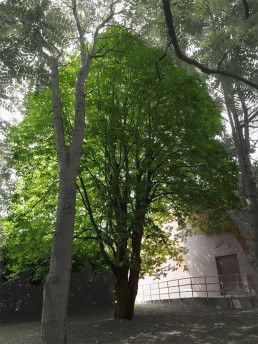The Witness Tree Project | The Witness Trees | Aesculus indica
Similar to its more commonly known relative, the horse chestnut, the Indian chestnut, Aesculus indica, has great ornamental value that, together with the shading provided by its crown, makes it a tree with great potential for urban environments. Interestingly, the specimen at the garden has proven to be resistant to the pests and diseases suffered by the horse chestnuts planted around Dublin [1]. In general, the Indian chestnut is a culturally important species, being used as a source of medicine and timber, and in Southeast Asia, food [2]. It is a commonly researched species and the individual at Trinity College Botanic Garden also has a special value as a fine specimen tree. Voucher specimens from this tree dating to the 1980s are conserved in Trinity College Herbarium, making it also a good specimen to compare changes in the near past.
1. Waldren, S. 2022. Personal communication
2. POWO (2022). “Plants of the World Online. Facilitated by the Royal Botanic Gardens, Kew. Published on the Internet; http://www.plantsoftheworldonline.org/ Retrieved 27 July 2022.”





